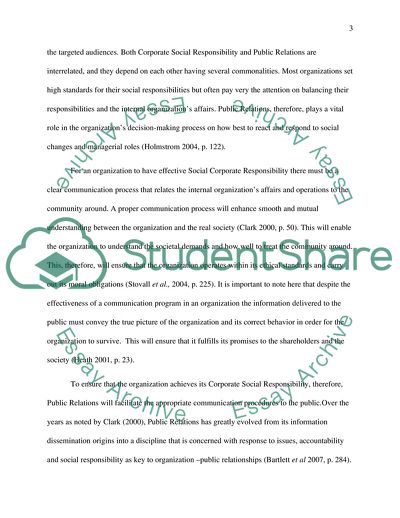Cite this document
(Corporate Social Responsibility and Public Relations Assignment, n.d.)
Corporate Social Responsibility and Public Relations Assignment. https://studentshare.org/sociology/1865831-corporate-social-responsibility
Corporate Social Responsibility and Public Relations Assignment. https://studentshare.org/sociology/1865831-corporate-social-responsibility
(Corporate Social Responsibility and Public Relations Assignment)
Corporate Social Responsibility and Public Relations Assignment. https://studentshare.org/sociology/1865831-corporate-social-responsibility.
Corporate Social Responsibility and Public Relations Assignment. https://studentshare.org/sociology/1865831-corporate-social-responsibility.
“Corporate Social Responsibility and Public Relations Assignment”. https://studentshare.org/sociology/1865831-corporate-social-responsibility.


